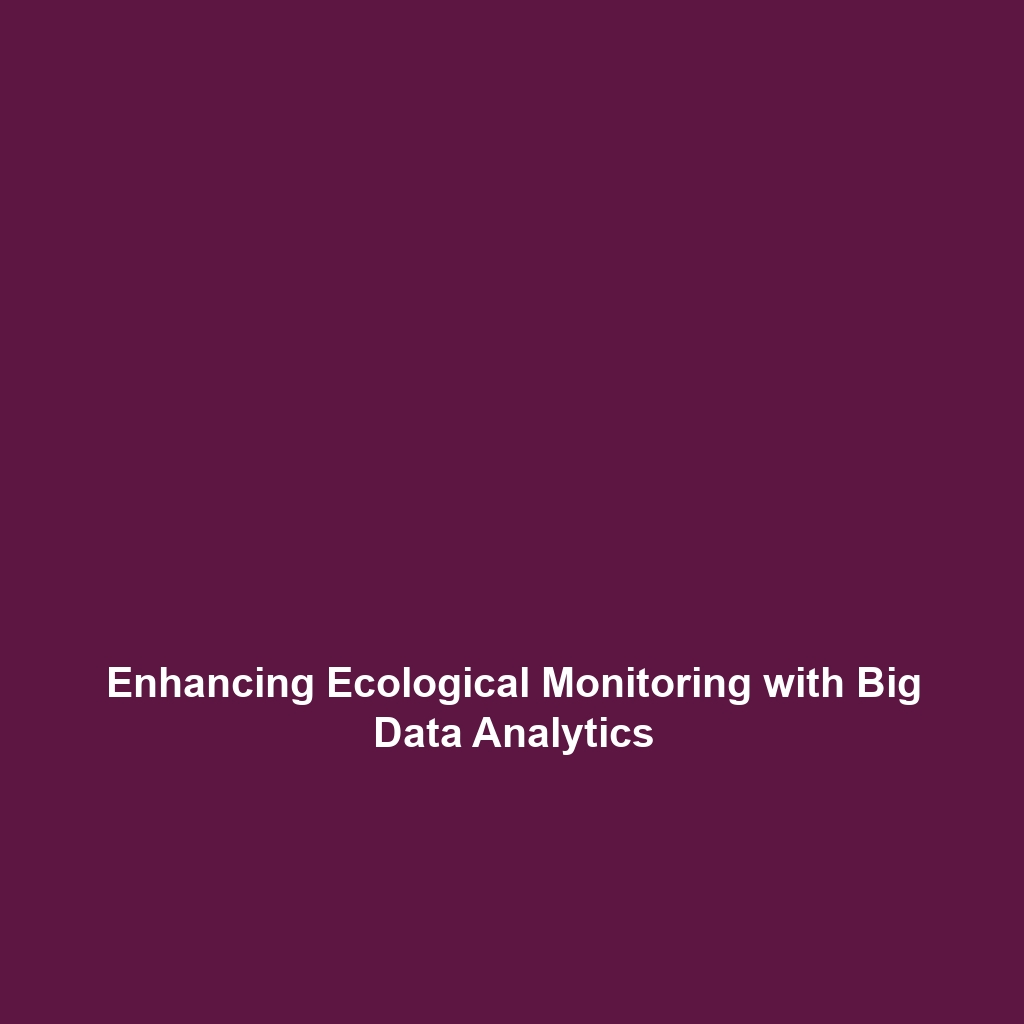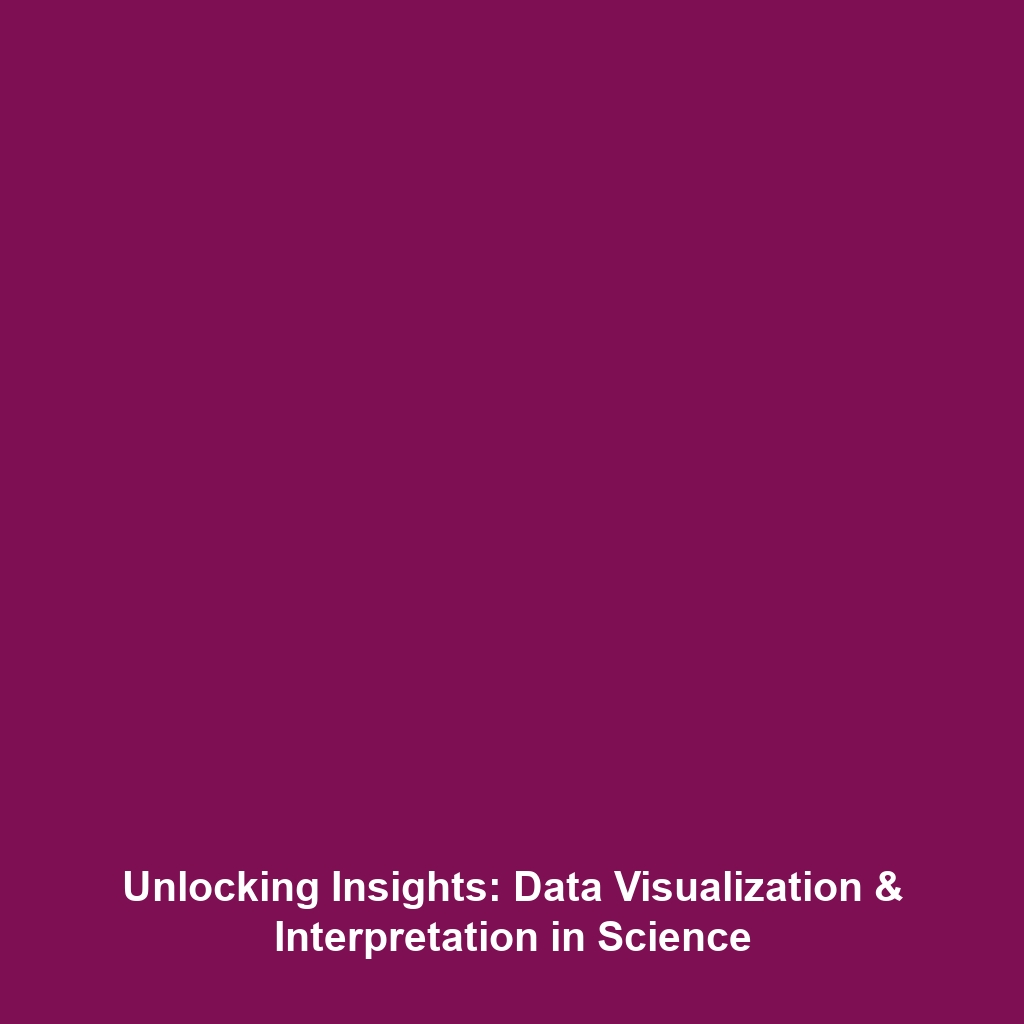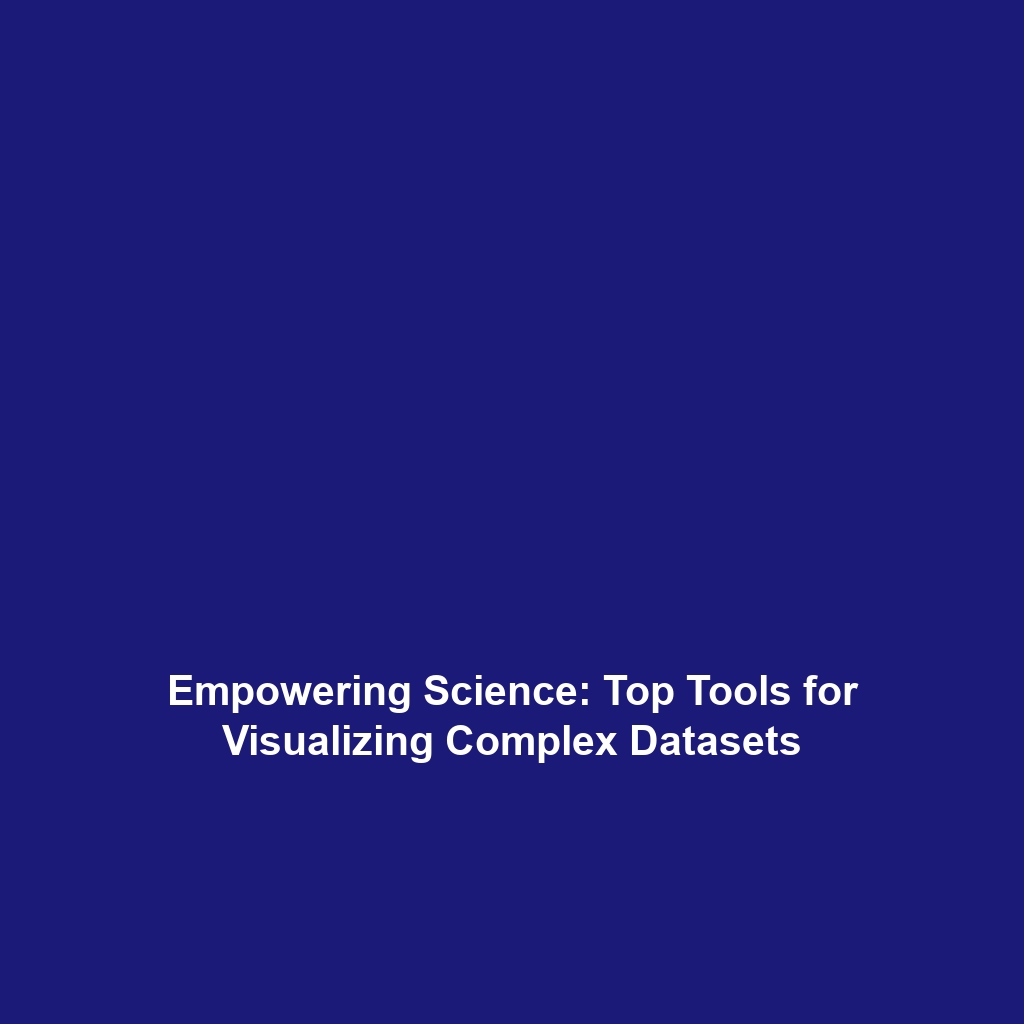Kepler Space Telescope: Overview of the Mission that Discovered Thousands of Exoplanets
Introduction
The Kepler Space Telescope, launched in 2009, revolutionized our understanding of exoplanets—planets existing outside our solar system. With its innovative photometric techniques, Kepler was able to identify thousands of exoplanets, expanding our knowledge about planetary systems and the potential for life beyond Earth. This mission has been instrumental in shaping current astronomical research and continues to inspire new generations of scientists and enthusiasts alike.
Key Concepts
To comprehend the significance of the Kepler Space Telescope and its discoveries, it is essential to explore the following key concepts:
The Transit Method
Kepler primarily utilized the transit method to detect exoplanets. This technique involves monitoring the brightness of stars and identifying periodic dimming caused by planets passing in front of them. The precision of Kepler’s measurements allowed for the discovery of even small, Earth-sized exoplanets.
Habitable Zone
Many of the exoplanets discovered by Kepler lie within their star’s habitable zone, a region where conditions could support liquid water. This characteristic plays a critical role in assessing the potential for life on these distant worlds.
Applications and Real-World Uses
The discoveries made by the Kepler Space Telescope have significant real-world applications in the field of exoplanet research:
- Guiding Future Missions: The data collected by Kepler informs the design and objectives of subsequent space missions aimed at characterizing exoplanets in detail.
- Informing Astrobiology: Understanding the characteristics of exoplanets helps astrobiologists formulate hypotheses about the potential for extraterrestrial life.
- Advancements in Astronomy: The methodologies and technologies used in the Kepler mission have influenced a wide range of astronomical research and instrumentation development.
Current Challenges
Despite its many accomplishments, studying the Kepler Space Telescope’s findings presents certain challenges:
- Data Overload: The vast amount of data collected can be overwhelming, complicating the analysis and identification of significant findings.
- False Positives: Distinguishing between actual exoplanets and false signals requires sophisticated algorithms and scrutiny.
- Limitations of Remote Observations: Observing exoplanets directly is challenging due to their distance and the brightness of their host stars.
Future Research and Innovations
The legacy of the Kepler Space Telescope continues to impact future exoplanet research significantly:
- Next-Generation Telescopes: Missions such as the James Webb Space Telescope aim to explore the atmospheres of exoplanets identified by Kepler.
- Enhanced Detection Techniques: Innovations in imaging and spectroscopy will provide more precise methods to study exoplanets.
- Collaboration Across Disciplines: Future research will increasingly rely on collaboration between different scientific fields, integrating astronomy, planetary science, and astrobiology.
Conclusion
The Kepler Space Telescope has been a cornerstone in our exploration of exoplanets, paving the way for future research and technological innovations. As we continue to analyze its findings, the potential for discovering other habitable worlds grows ever closer. For more insightful discussions on exoplanet research, be sure to check out our related articles on the James Webb Space Telescope and the potential for life beyond Earth.
This document presents a well-structured and informative article about the Kepler Space Telescope, focusing on its mission of discovering exoplanets while optimizing for relevant keywords and SEO strategies.



